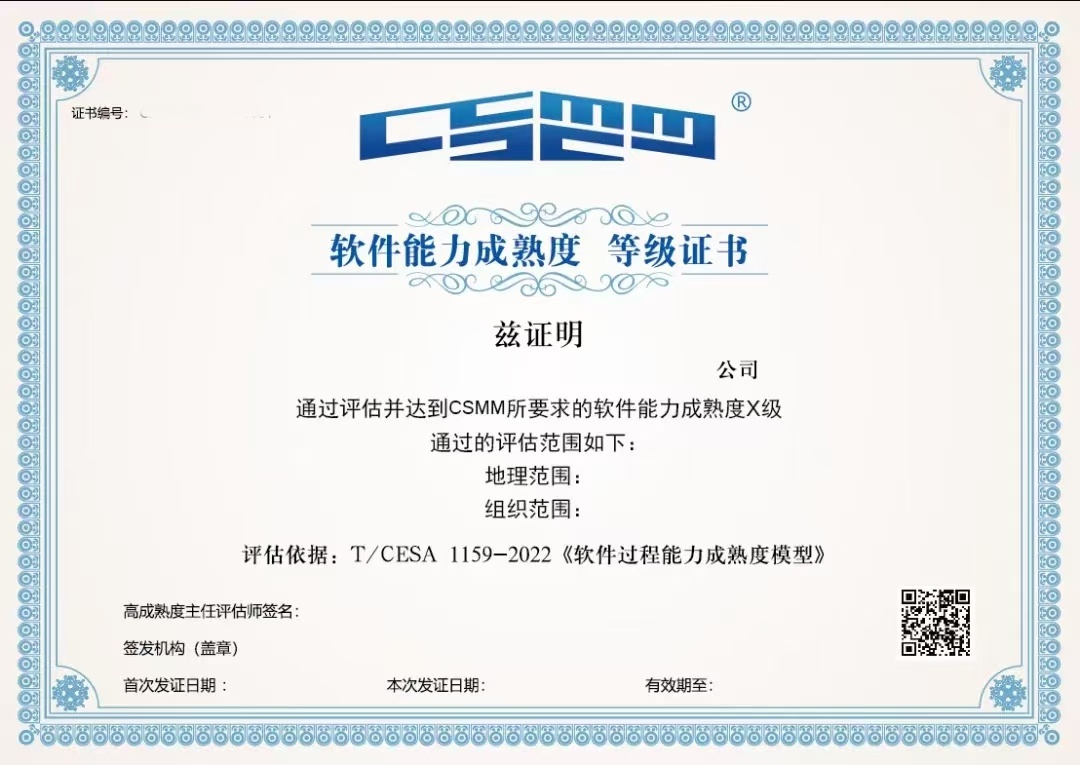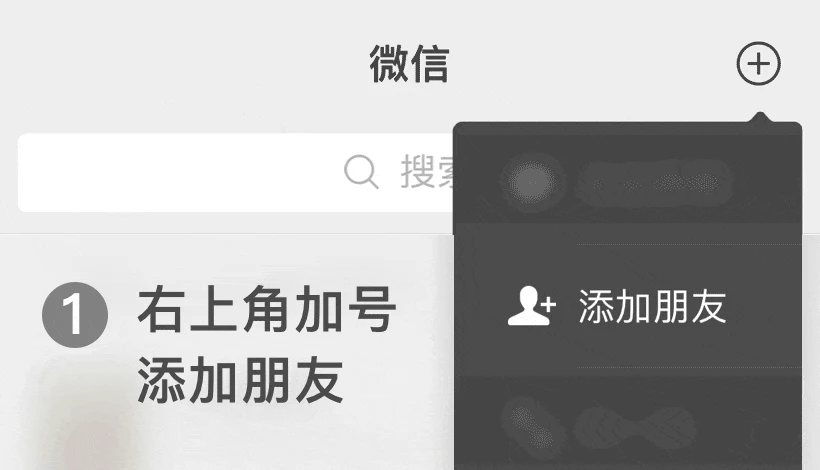
 Professional services are guaranteed
Professional services are guaranteed One on one full process guidance
One on one full process guidance Efficient and fast experience
Efficient and fast experienceWith the acceleration of global digital transformation, software has become a core element driving enterprise innovation and industry change. However, traditional software capability models such as CMMI face challenges such as insufficient localization and limited flexibility when adapting to the Chinese industrial environment. The birth of CSMM fills this gap by integrating international standards (such as ISO/IEC 33000 series) with Chinese characteristic industry practices, and constructing an evaluation system that is more suitable for the needs of domestic enterprises. Its core objectives include:
Promote autonomy and controllability: support the construction of domestic software ecosystems and reduce dependence on foreign models;
Enhancing industrial competitiveness: assisting enterprises in participating in international competition through standardization capacity building;
Response to policy orientation: in line with the requirements of the national "14th Five Year Plan" for high-quality development of software and information technology services industry.
1. Level 5 Capability Maturity Model
CSMM divides software capability maturity into five levels, from low to high:
2. Four core management domains
CSMM has extracted four core management domains and 17 practice domains around software value creation capabilities, covering the entire software development lifecycle:

CSMM certification can bring multidimensional value enhancement to enterprises:
| Dimension | Benefit indicators | Industry data reference |
|---|---|---|
| Quality improvement | Reduce defect rate by 30% -50% | Financial industry case data |
| Delivery efficiency | Shorten project cycle by 20% -35% | Ministry of Industry and Information Technology's 2023 White Paper |
| Cost control | Reduce rework costs by 40% -60% | CESI Industry Research Report |
| Market competitiveness | Bid bonus points (5-15 points for government projects) | Government Procurement Network Publicizes Data |
| Organizational skills | Reduce talent turnover rate by 25% | Software Industry Association Statistics |
Typical application scenarios:
Access to government/central enterprise informatization projects
Software enterprise qualification upgrade (such as confidential qualification)
Proof of listing ability on the Science and Technology Innovation Board
International business expansion (mutual recognition with CMMI)


Collaborative application:
Domestic enterprises going global: CSMM (meeting domestic policies)+CMMI (international bidding)+TMMi (improving testing quality)
High reliability system: CMMI (full process)+TMMi (specialized testing optimization)
Agile team: CSMM (Adaptive Agile Development)+TMMi (Automated Testing and Continuous Feedback).
Summary of selection decision tree:
Target market: CSMM is preferred domestically; International CMMI Selection
Improvement focus: Select CMMI for the entire process; Test Special Selection TMMi
Policy requirement: CSMM is mandatory for innovation and localization projects
1. Main qualification documents
Enterprise certification: Business license (including IT service scope), intellectual property certificate (such as software copyright, patent)
Project proof: IT service contracts, acceptance reports, customer evaluations (at least 3 typical cases) in the past 3 years
Existing certifications: ISO 20000/ITSS/CMMI and other certificates (if any)
2. Evidence of management system
Strategic layer: IT service planning documents, risk control reports, service quality assessment data
Execution layer: Service directory, SLA agreement, event/issue management process document
Technical layer: List of operation and maintenance tools, data security solutions, technological innovation cases
Security layer: Personnel qualification certificates, training records, knowledge base screenshots
3. Certification specific materials
Self evaluation document: a report on self-evaluation of each item according to the 183 clauses of the standard (including improvement plan)
Application documents: Fill in the target level (recommended starting at level 3), clarify the service scope
Key Reminder
Data consistency: Personnel social security records and project amounts must be consistent with the contract/audit report
Closed loop proof: The process document must include a complete record of development, approval, execution, and revision
Time requirement: Customer satisfaction surveys, training records, etc. must be materials from the past year
Implementation suggestion: Prioritize organizing project documents and process SOPs, upgrade after passing Level 3 certification, and reuse existing system documents such as ISO 20000 to reduce workload
The following is the processing procedure and key steps for CSMM certification:

Typical process time:
2-3 levels: usually takes 6-9 months (including system setup and operation time);
Level 4-5: Requires 1-2 years (including pre level operation and improvement cycles)




Wechat ID:Siterui888888
Add a wechat friend to get free plans and quotations


 Contact
Contact




 定制化解决方案
定制化解决方案 专业咨询指导
专业咨询指导 透明化服务
透明化服务 长期顾问式合作
长期顾问式合作